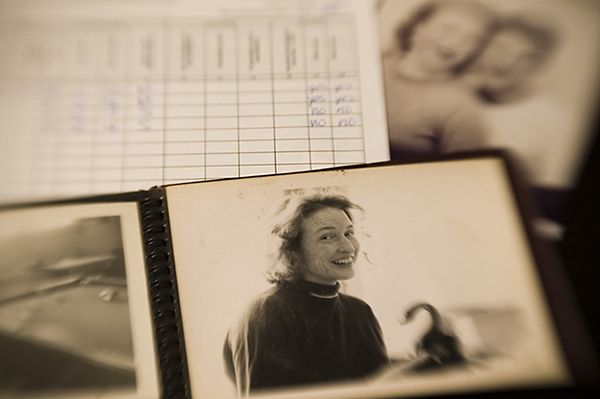The genealogical research show “Who Do You Think You Are?” premiered tonight at 8pm on NBC. I was tipped off about its existence not only by marketing e-mails from Ancestry.com, but also by the author of the companion book , Megan Smolenyak Smolenyak, via Twitter.
, Megan Smolenyak Smolenyak, via Twitter.
On Megan’s Facebook fan page, she posted a poll: “Grade the opening episode of ‘Who Do you Think You Are?'” I rated it a B, and left the following comment:
There were very few things that rubbed me the wrong way about this episode; mostly, I enjoyed it.
First: I was always taught that the family name or surname is capitalized, not the given name. If the show is trying to encourage non-genealogists to start researching, the graphics should have reflected standard notation. (Unless I learned wrong.)
Second: I’m wondering if the entire series will be focused on finding “famous” or “influential” people in the subjects’ lineages. As a standard Heinz 57 American myself, I have no such expectation, and have only ever found one mildly notable person in my line. Of course, if they didn’t find someone interesting, and only found Average Joe Farmer back for generations, I suppose that wouldn’t make good television.
Third: Would a library really permit a patron to view an original document without gloves, and to point to it with a pencil tip while reading?
Apart from these small issues, I LOVED the show. I live in Ohio, and much of my family is from the Cincinnati area, so that was a pleasant surprise. I also appreciated the personal nature of the research, really getting into who these people were. It’s so easy sometimes to define our ancestors by their dates (hatched, matched, and dispatched), and the suspense of what happened to each ancestor, while sometimes excessive, was good television.
I’m very much looking forward to seeing the upcoming episodes! My own research has been sitting dormant for years; I expect that this will help rekindle my interest.
That said, I’ve already set my What’s On TV? iPhone app to remind me of next Friday’s episode. I’m also seriously considering making Friday night genealogy night.


